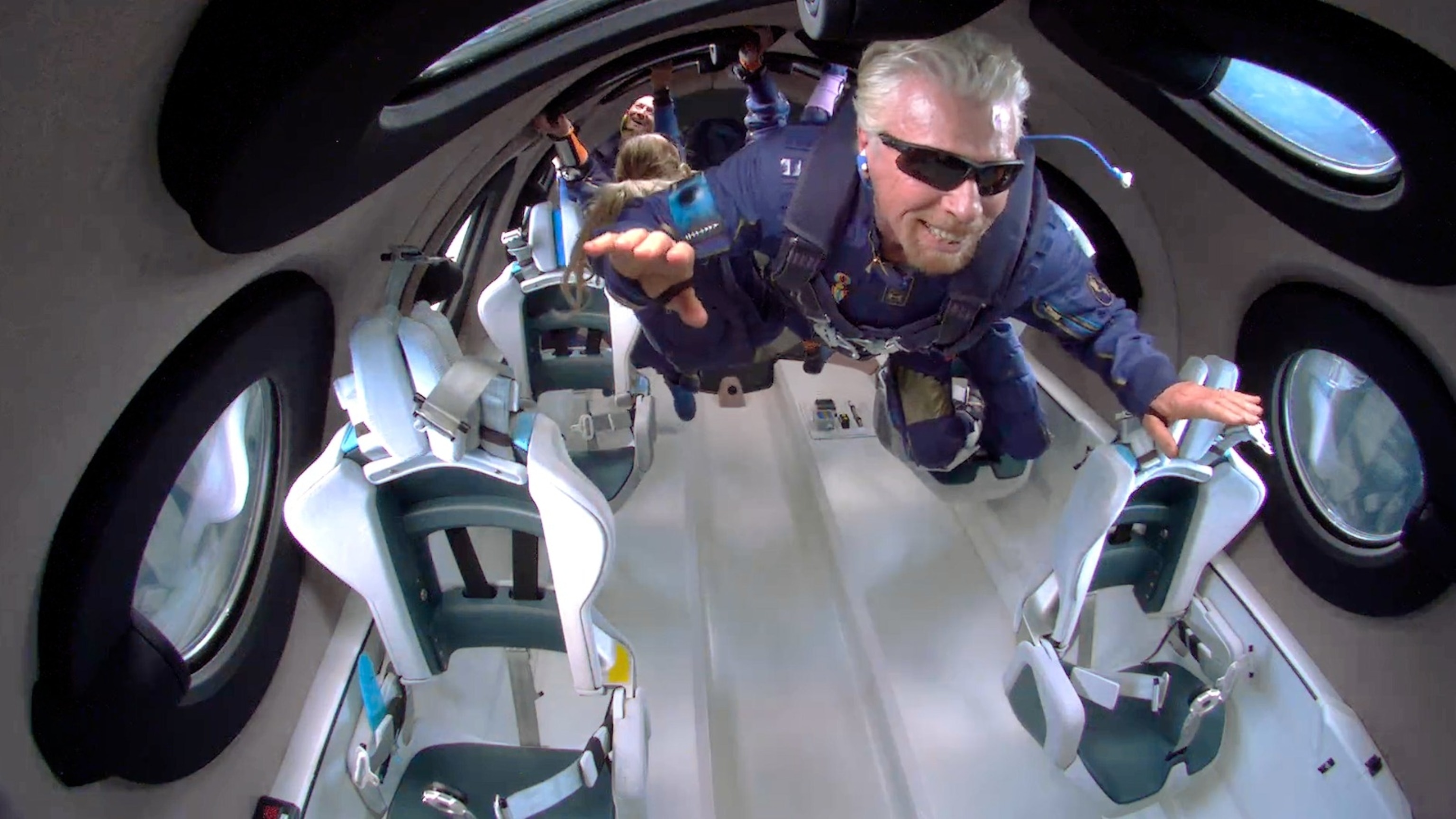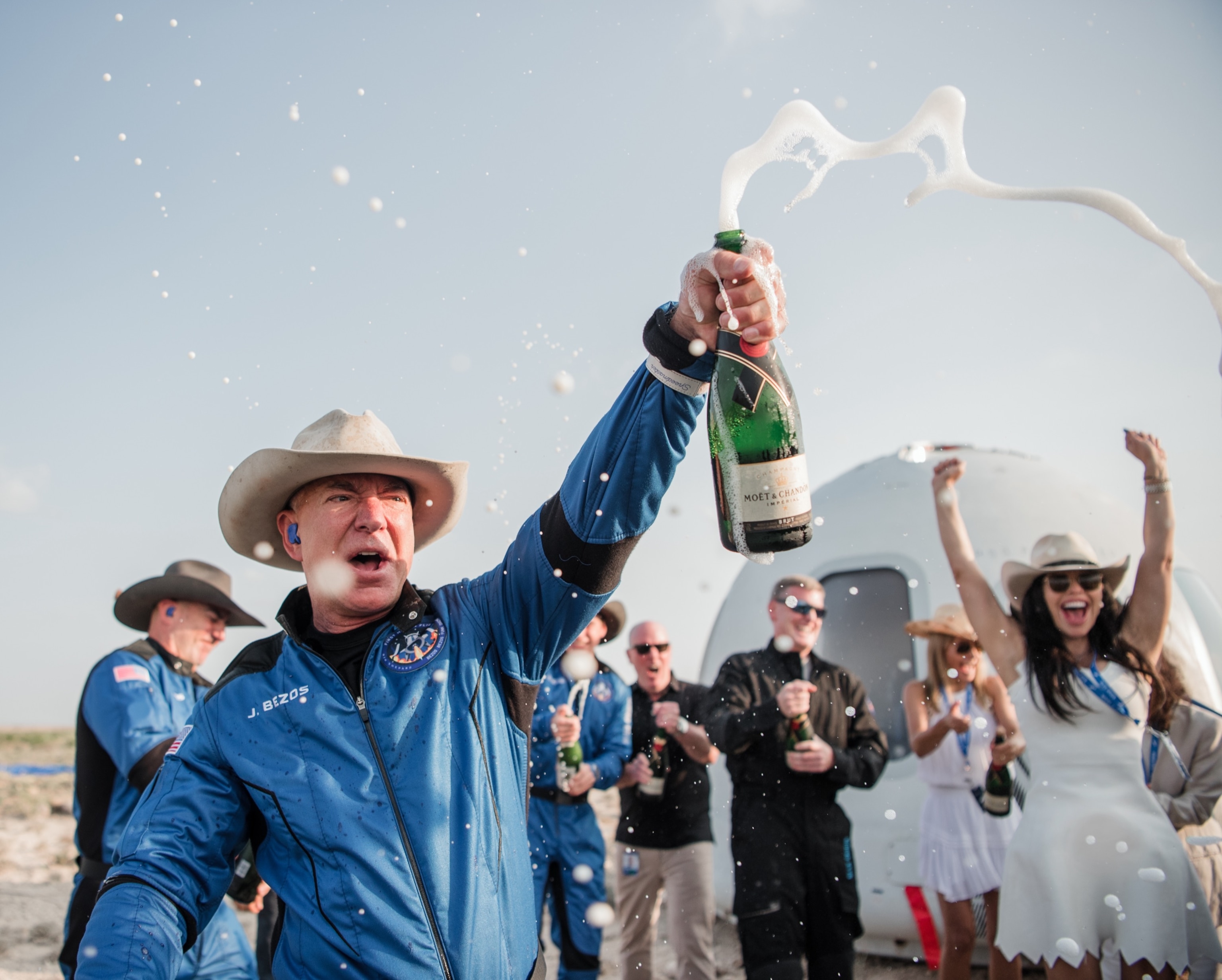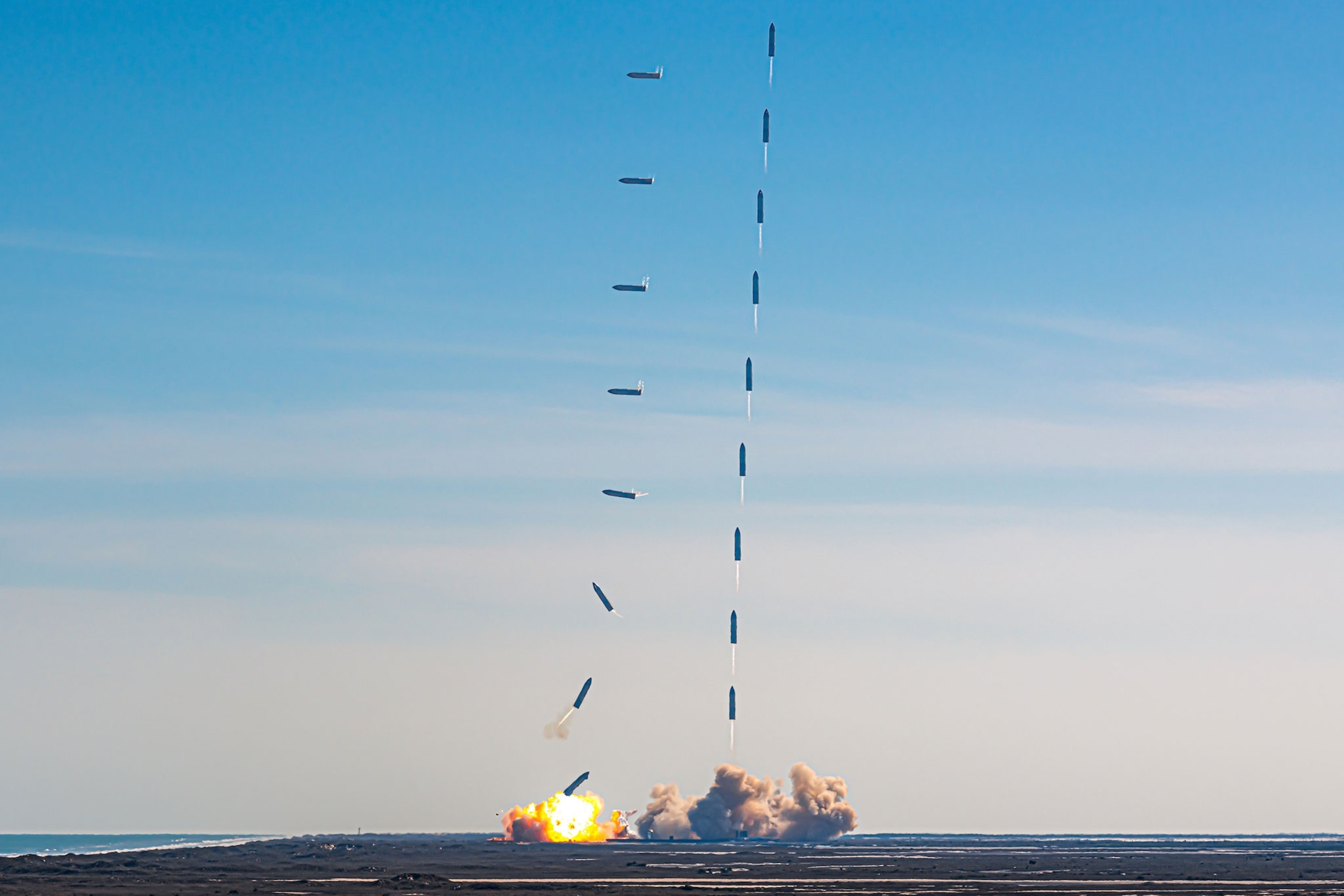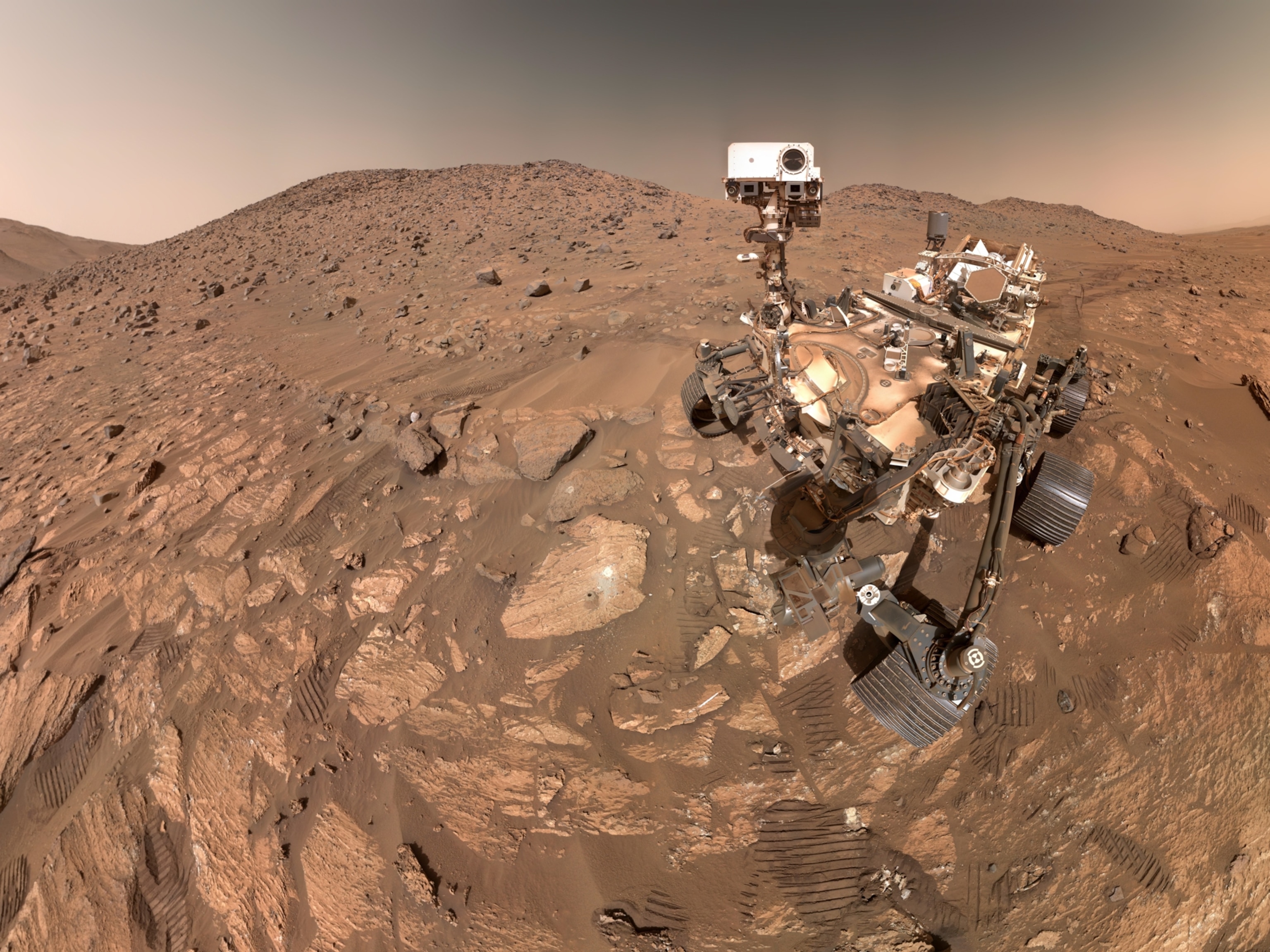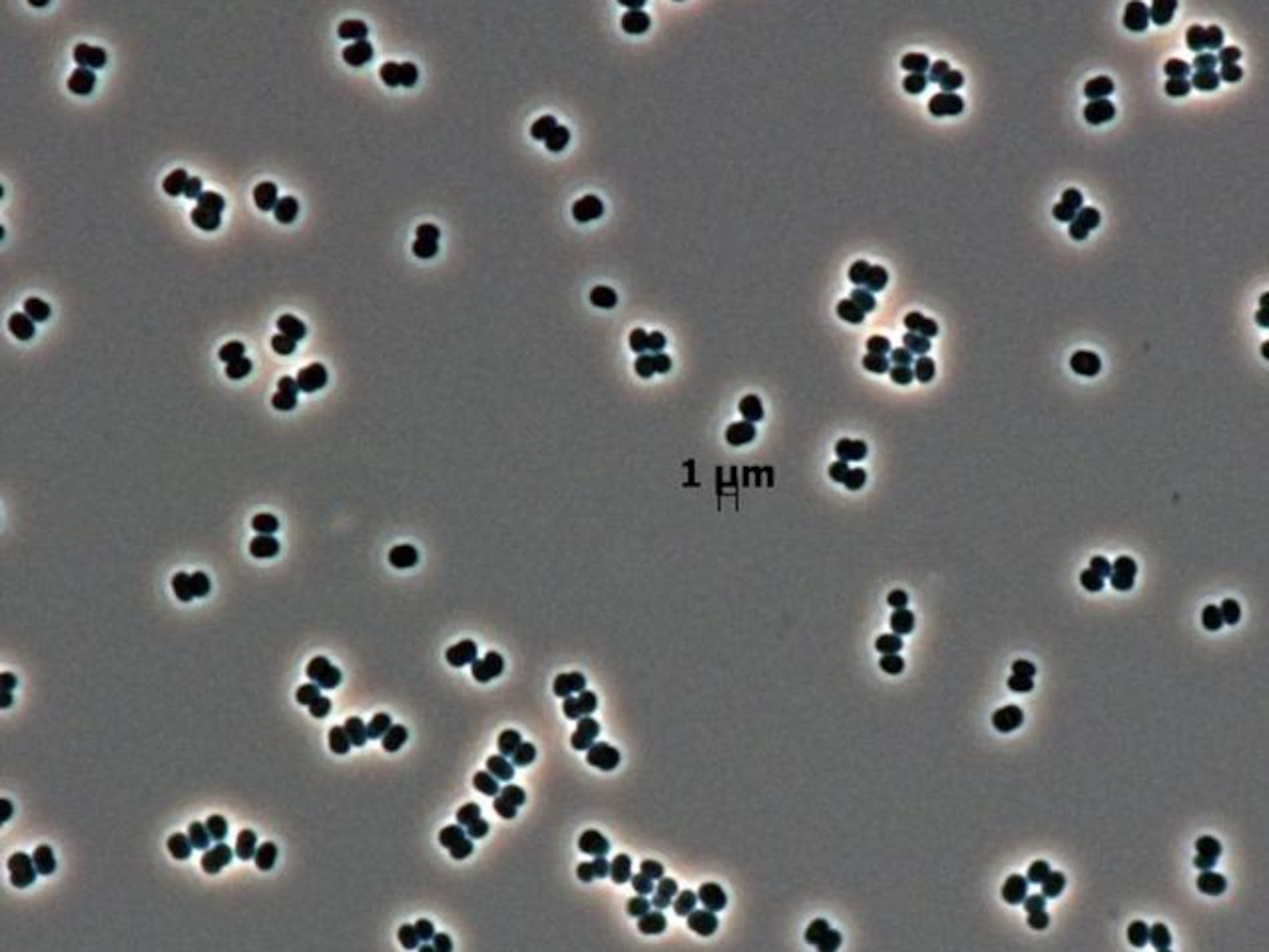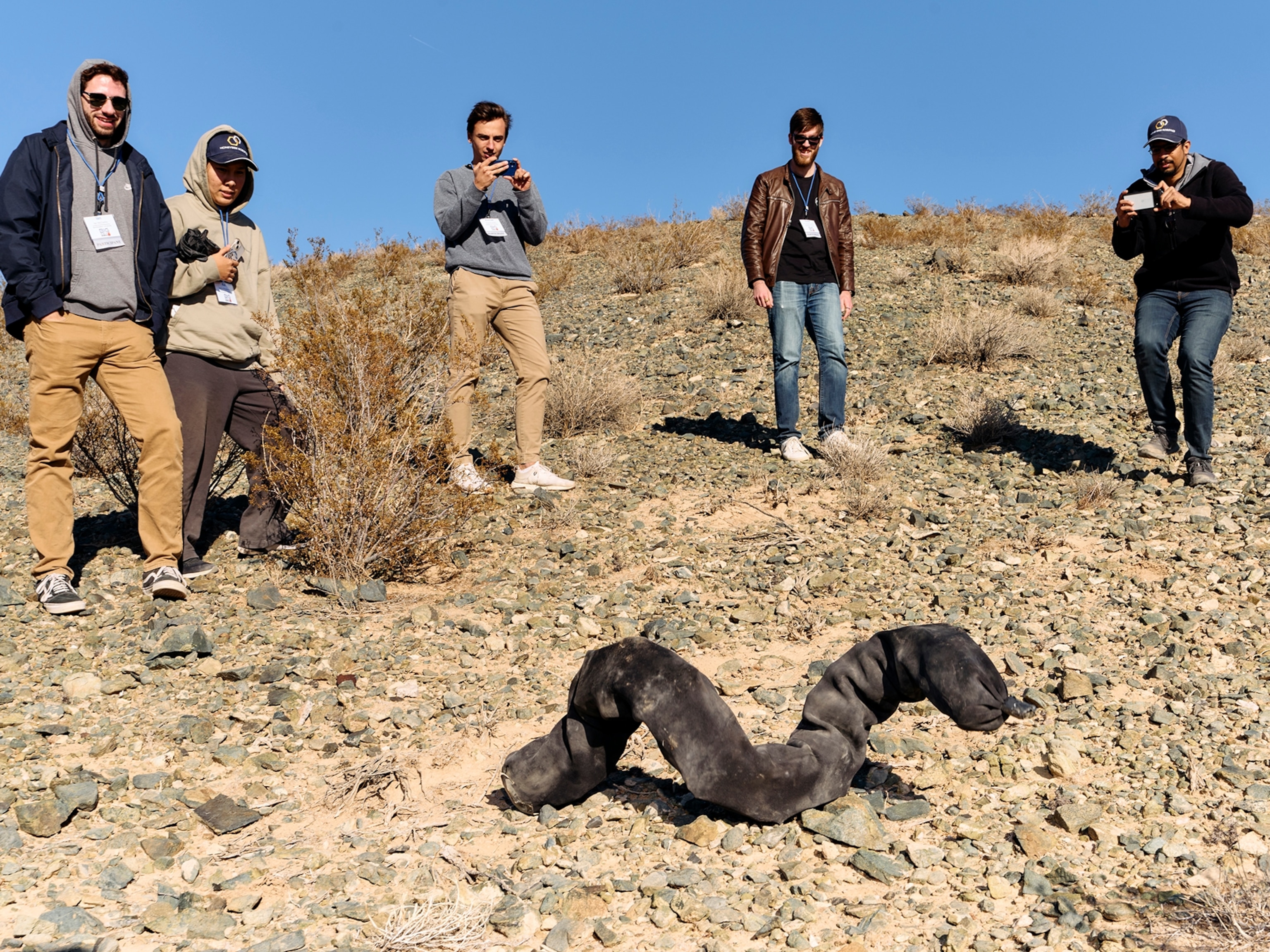These are our favorite science photos of 2021
A volcano revealed, a lung x-rayed, a rocket launched: National Geographic editors selected these 23 fascinating images of science and technology in action.

When one of the volcanoes on La Palma in the Canary Islands began erupting in September, photographer Arturo Rodríguez heard the frantic news broadcasts while in the shower at his home on the neighboring island of Tenerife. He quickly booked a flight and arrived in La Palma a few hours later, where he has worked around the clock to document the volcano’s power and devastation. “I never dreamed about being so close to something like this,” he told National Geographic. “It’s so big, so powerful.”
Rodríguez’s remarkable photographs of this eruption are just some of 23 images selected by National Geographic’s photo editors as our favorite science and technology photos of 2021.
This year saw photographers chronicle the power and beauty of our world in many ways. Drone photographers explored Iceland’s erupting Fagradalsfjall volcano from the air, watching as lava oozed across newly laid rock. Entrants in this year’s Nikon Small World competition used high-powered cameras and microscopes to reveal life’s marvels at tiny scales, from spiky pollen grains to a glittering wasp.
Several robotic photographers also left Earth’s surface this year to venture to space. NASA’s Perseverance rover touched down in Mars’s Jezero crater, beginning its search for past life while the agency’s experimental helicopter Ingenuity took flight on the red planet. The Lucy spacecraft, launched in October, will power its journey through the Jupiter Trojan asteroid swarms on two massive, fan-like solar arrays, which were captured during testing by Lockheed Martin photographer Patrick Corkery.
Meanwhile, engineers pushed the boundaries of launching people toward the heavens. On the coast of South Texas, SpaceX’s ambitious Starship rocket launched miles into the sky and then attempted to land upright as the company races to build the biggest rocket ever. And over the deserts of Texas and New Mexico, billionaires Jeff Bezos and Richard Branson briefly crossed the threshold of space in vehicles built by companies they had founded.
On the ground, medical workers continued to battle the ongoing COVID-19 pandemic, confronting a virus that keeps on mutating as it spreads from person to person. Photographer Dar Yasin captured the extreme difficulty of vaccinating people in the world’s remotest regions, while Raisan Al Farisi bore witness to the exhaustion of a major COVID-19 wave—and the magnitude of the losses that accompanied it.
Photography has allowed us to see the effects of this disease around the world, and it has even proven a vital tool in the fight against the virus. Paul Tafforeau of the European Synchrotron Radiation Facility and his colleagues took groundbreaking x-ray scans of human organs this year, including ones that demystified the virus’s devastating effects on our airways.
From La Palma’s glowing lava to Mars’s dusty hillsides, these striking images showcase the power of photography to document, enlighten, and inspire.


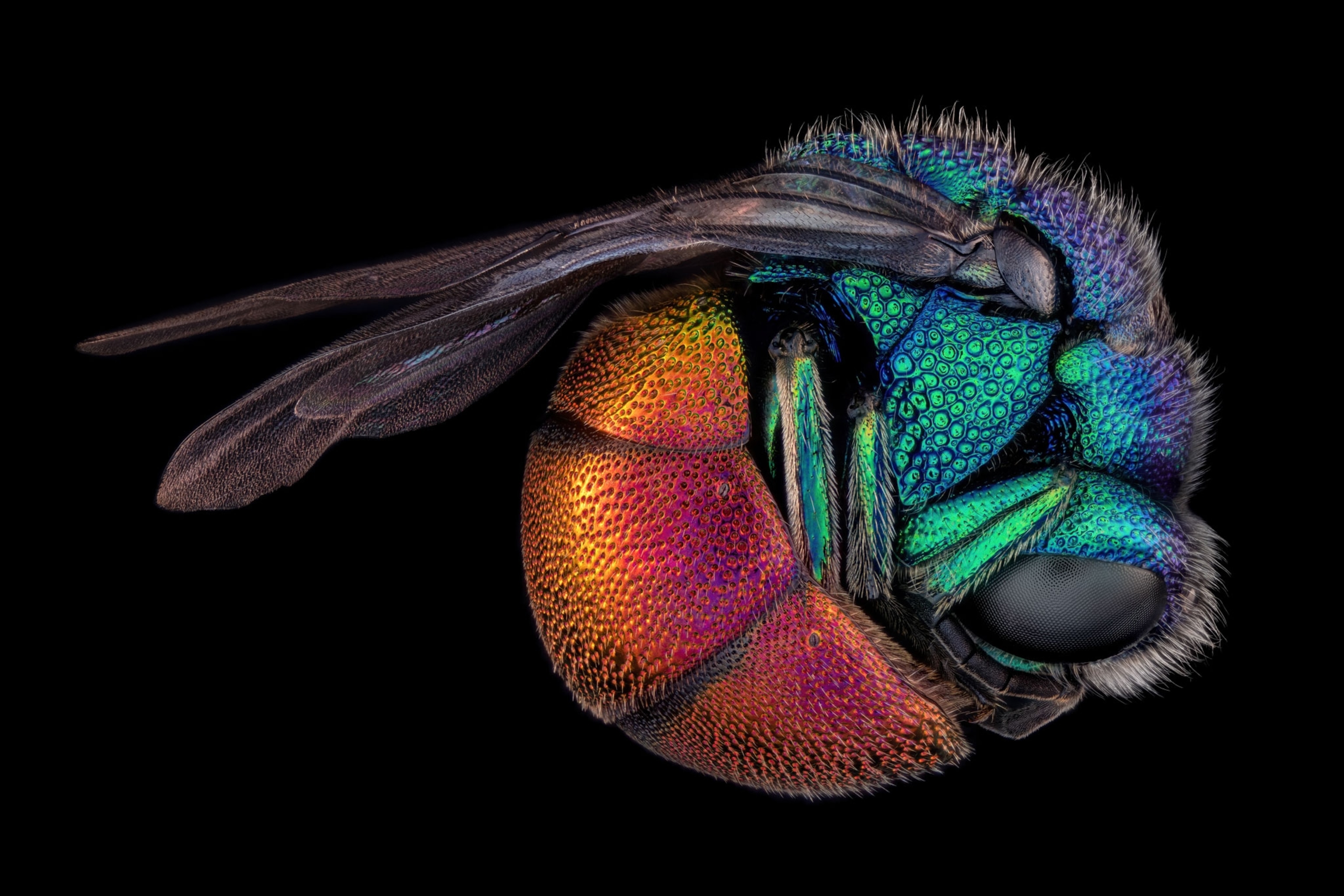


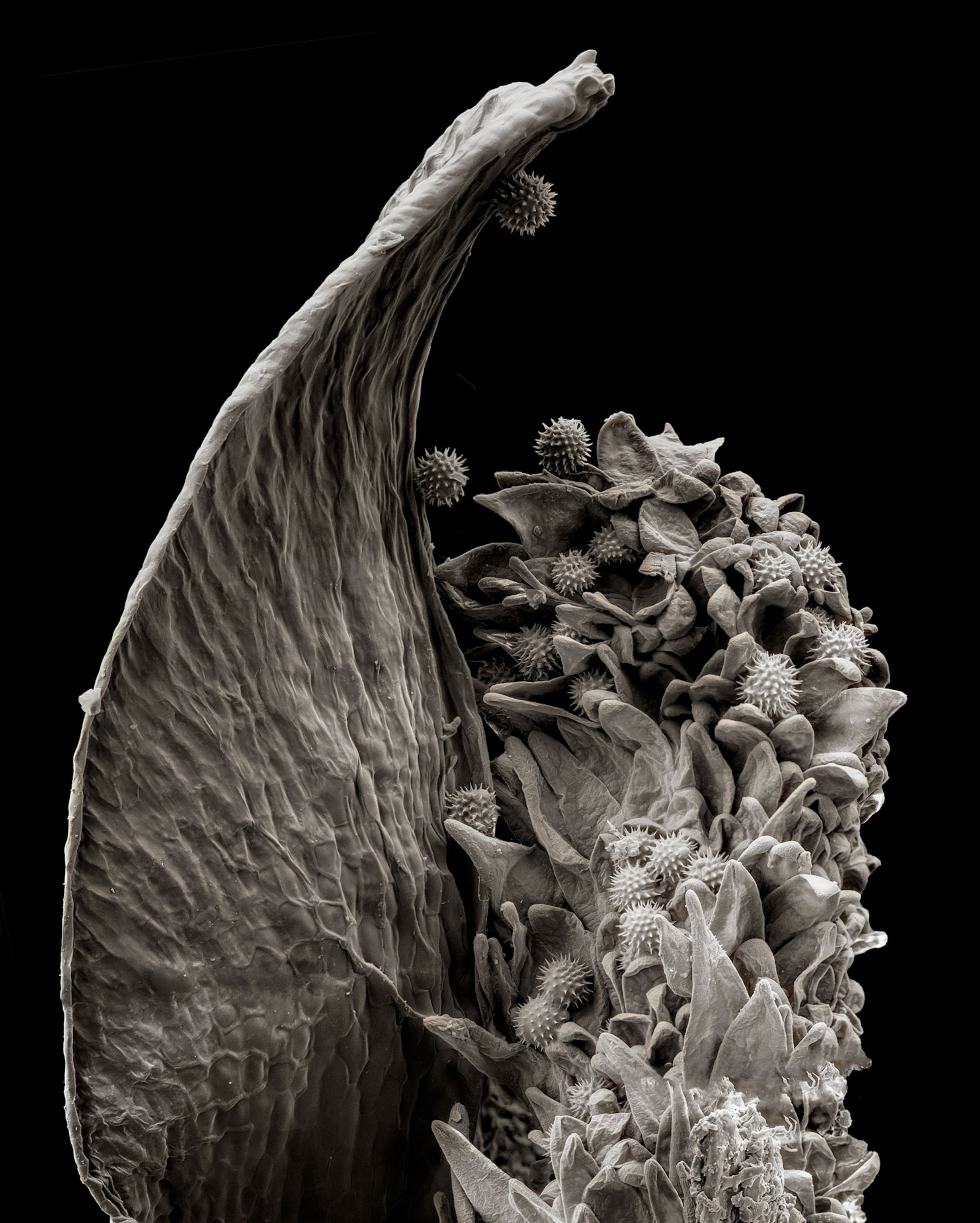
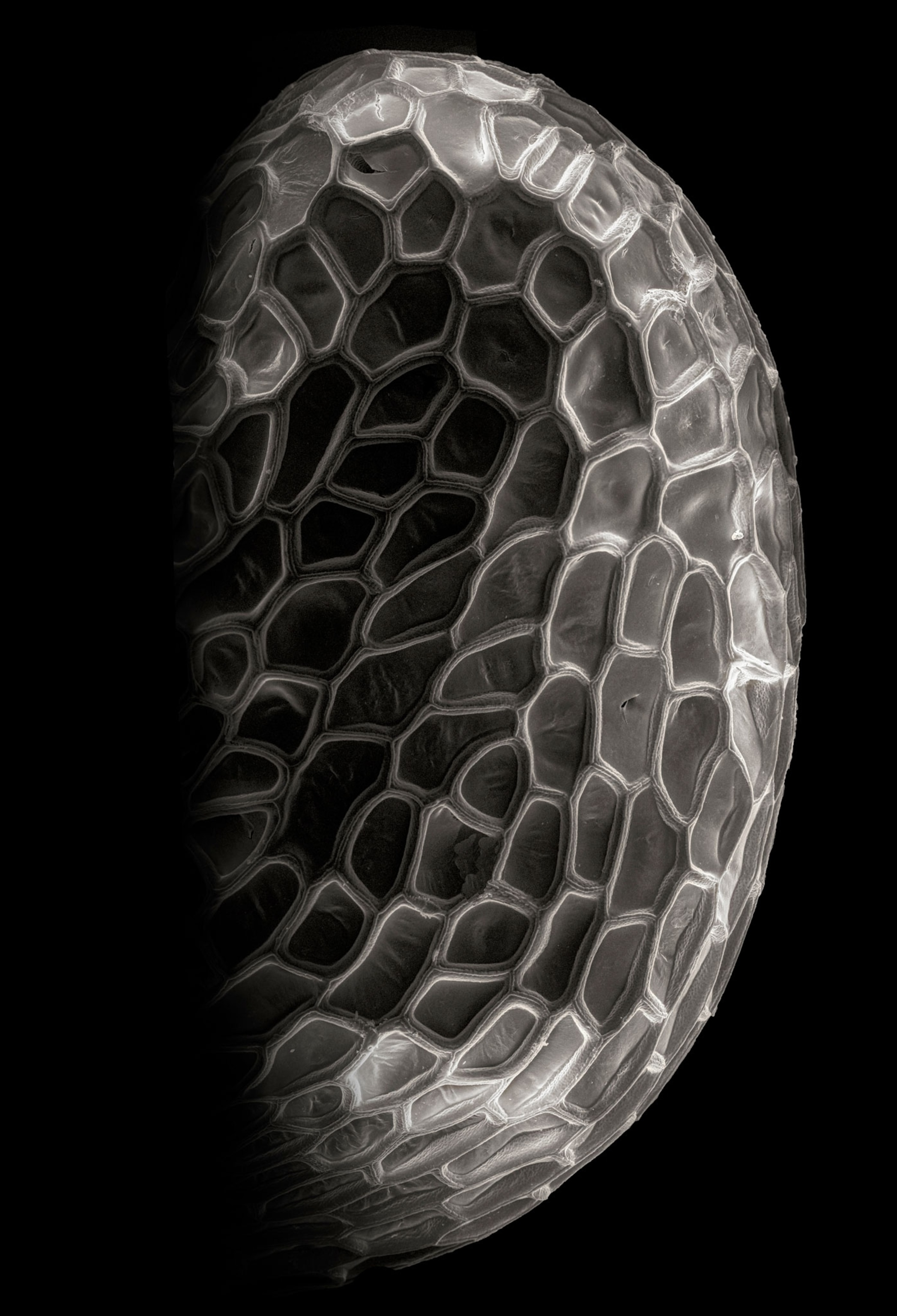


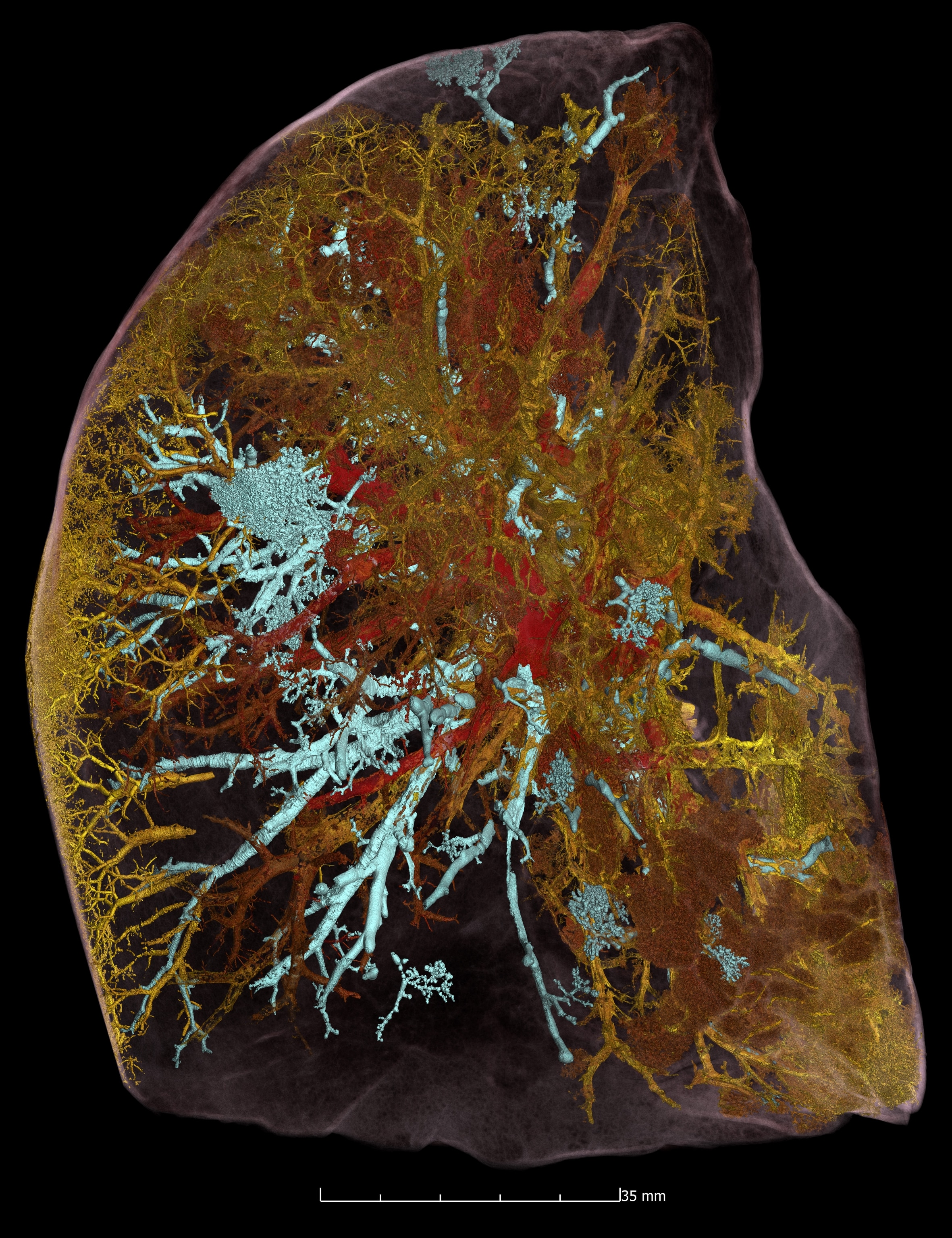
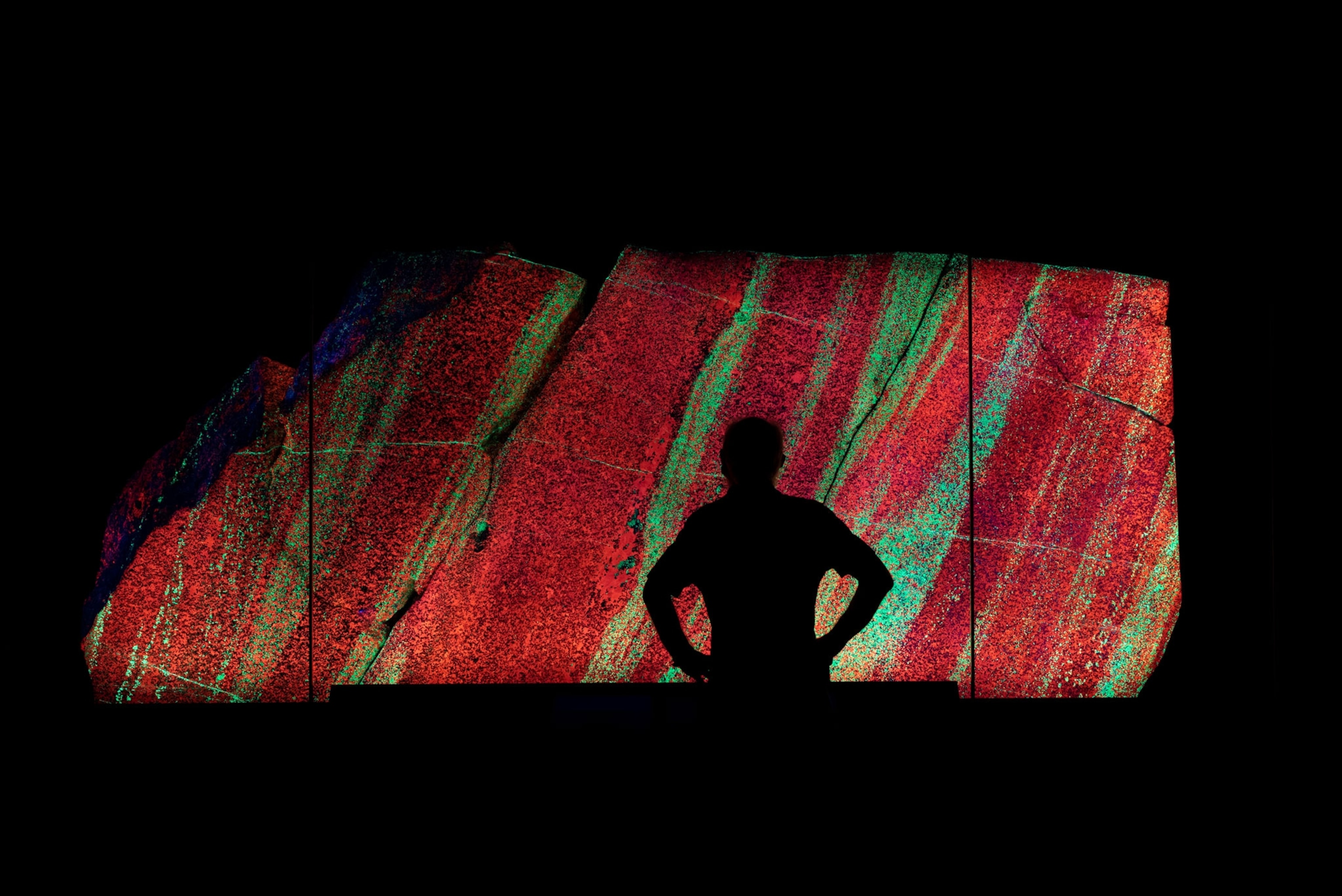

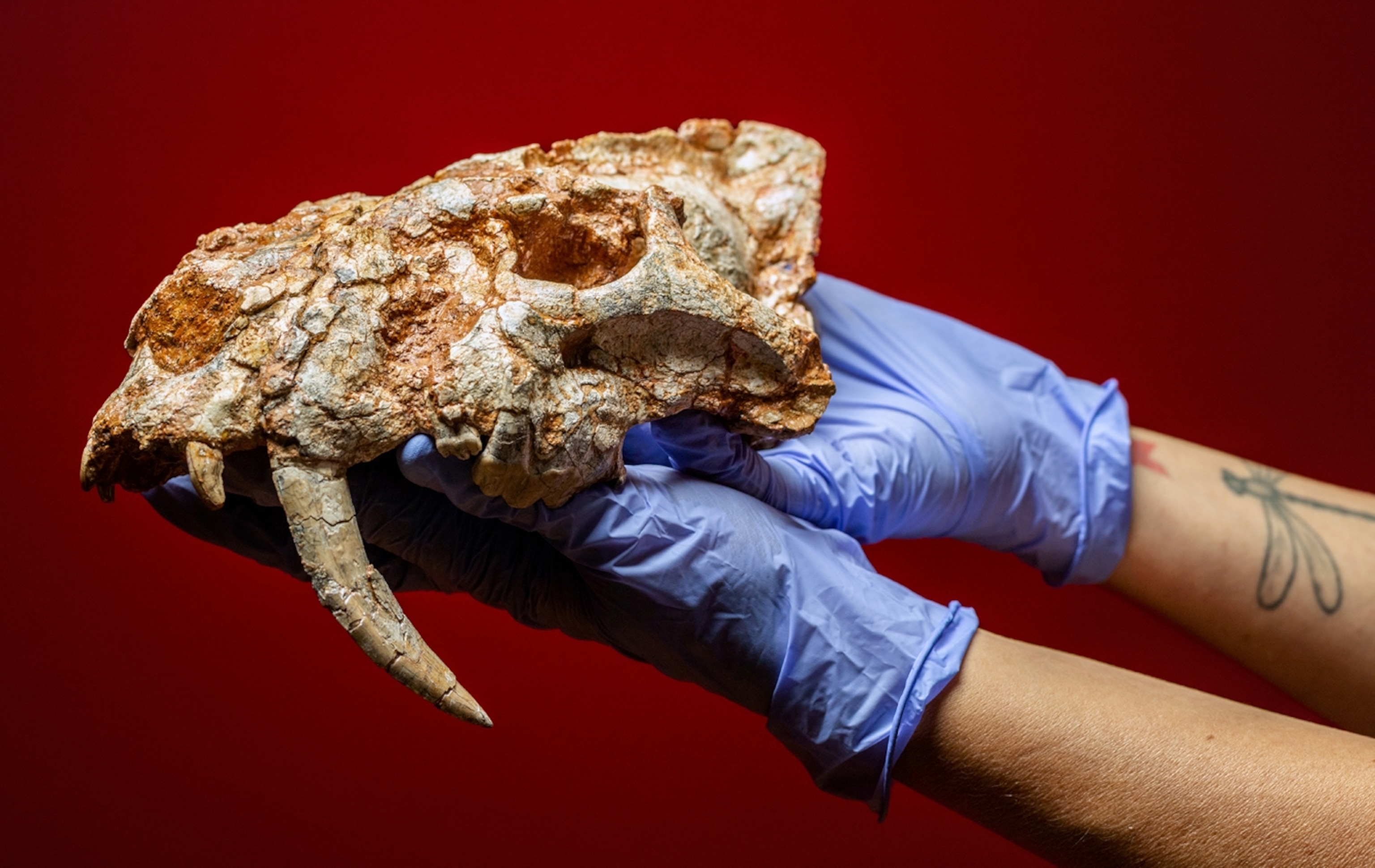
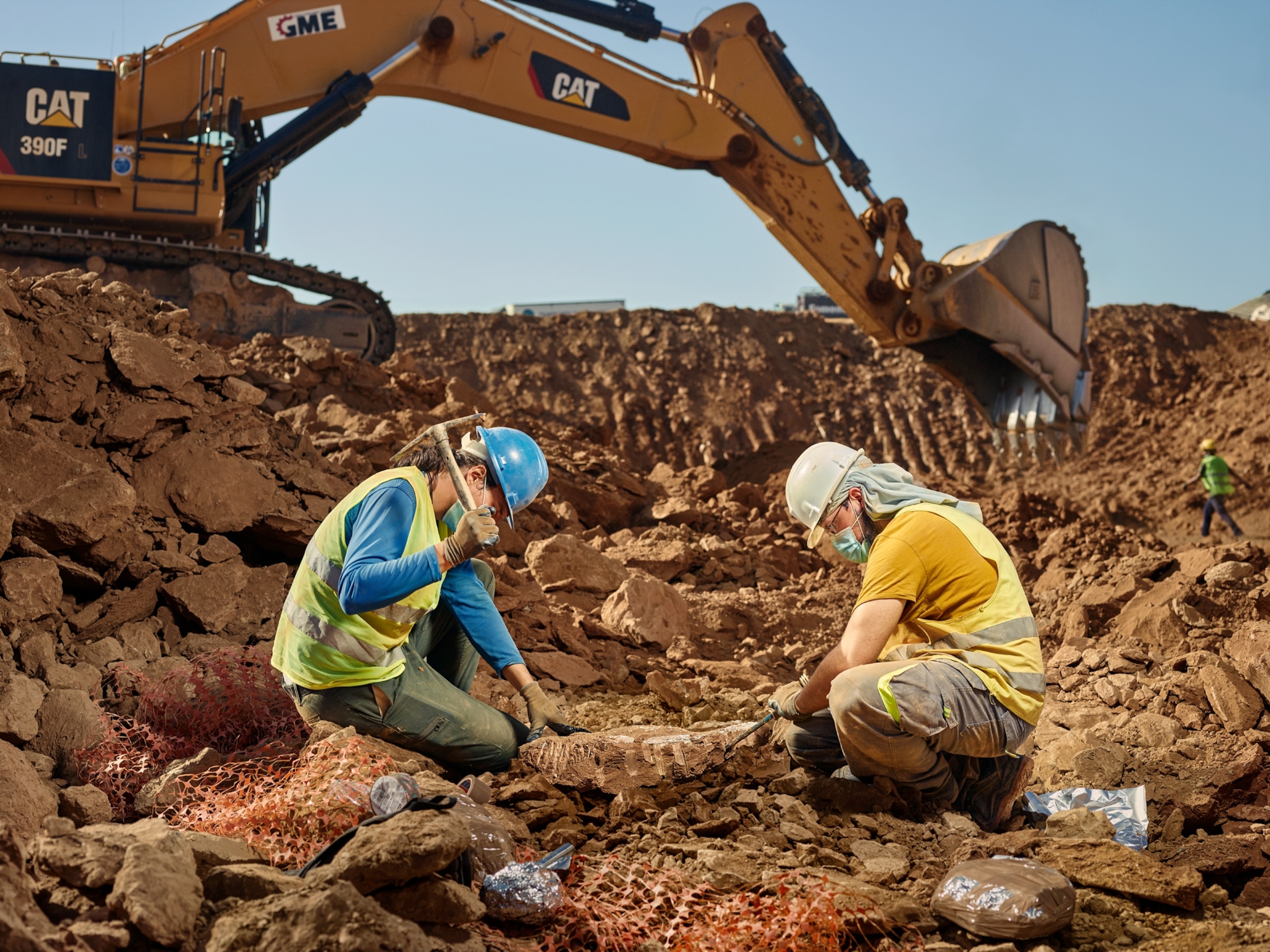

NASA’s biggest space telescope prepares for launch
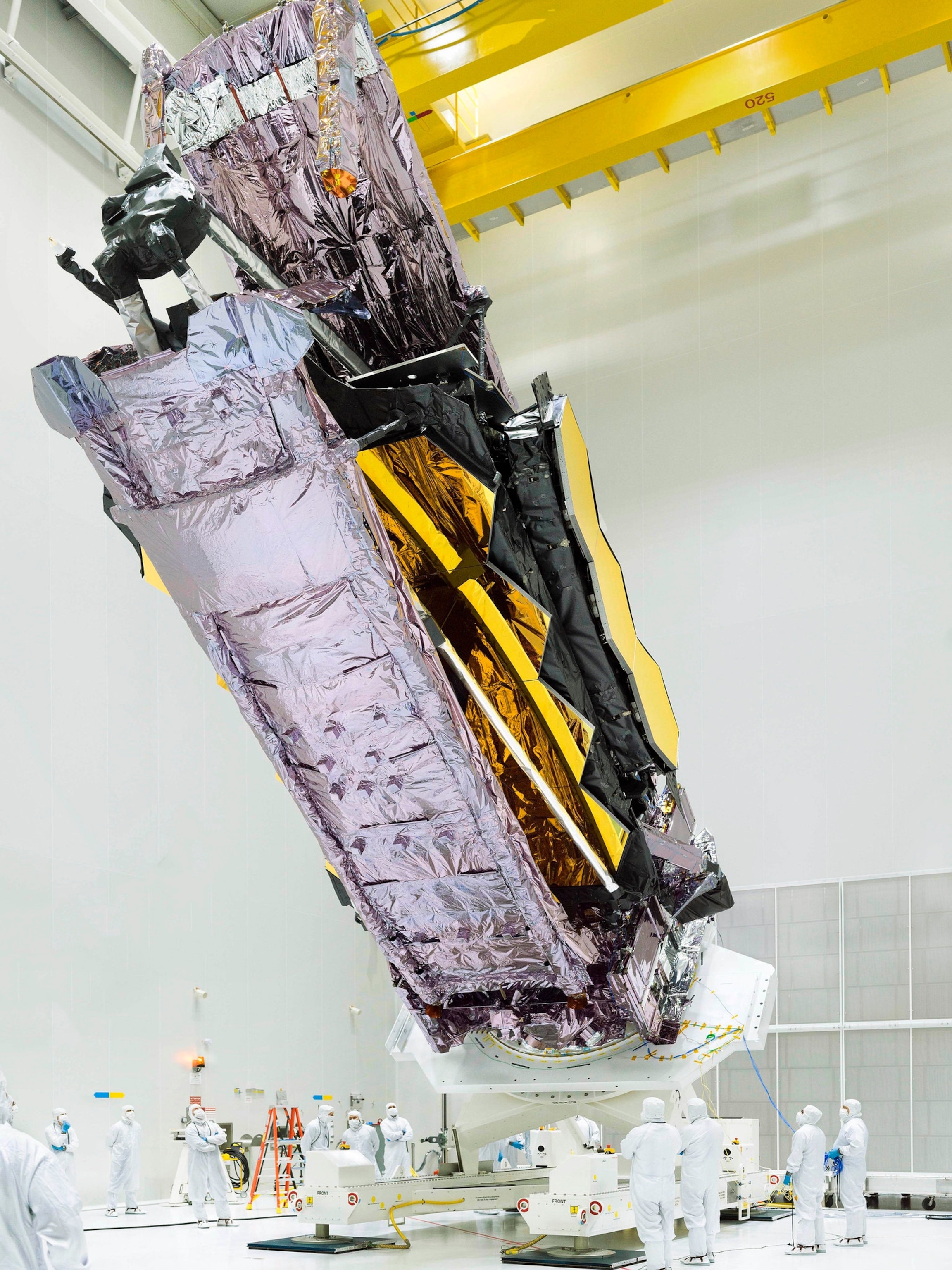
A new Mars rover touches down on the red planet
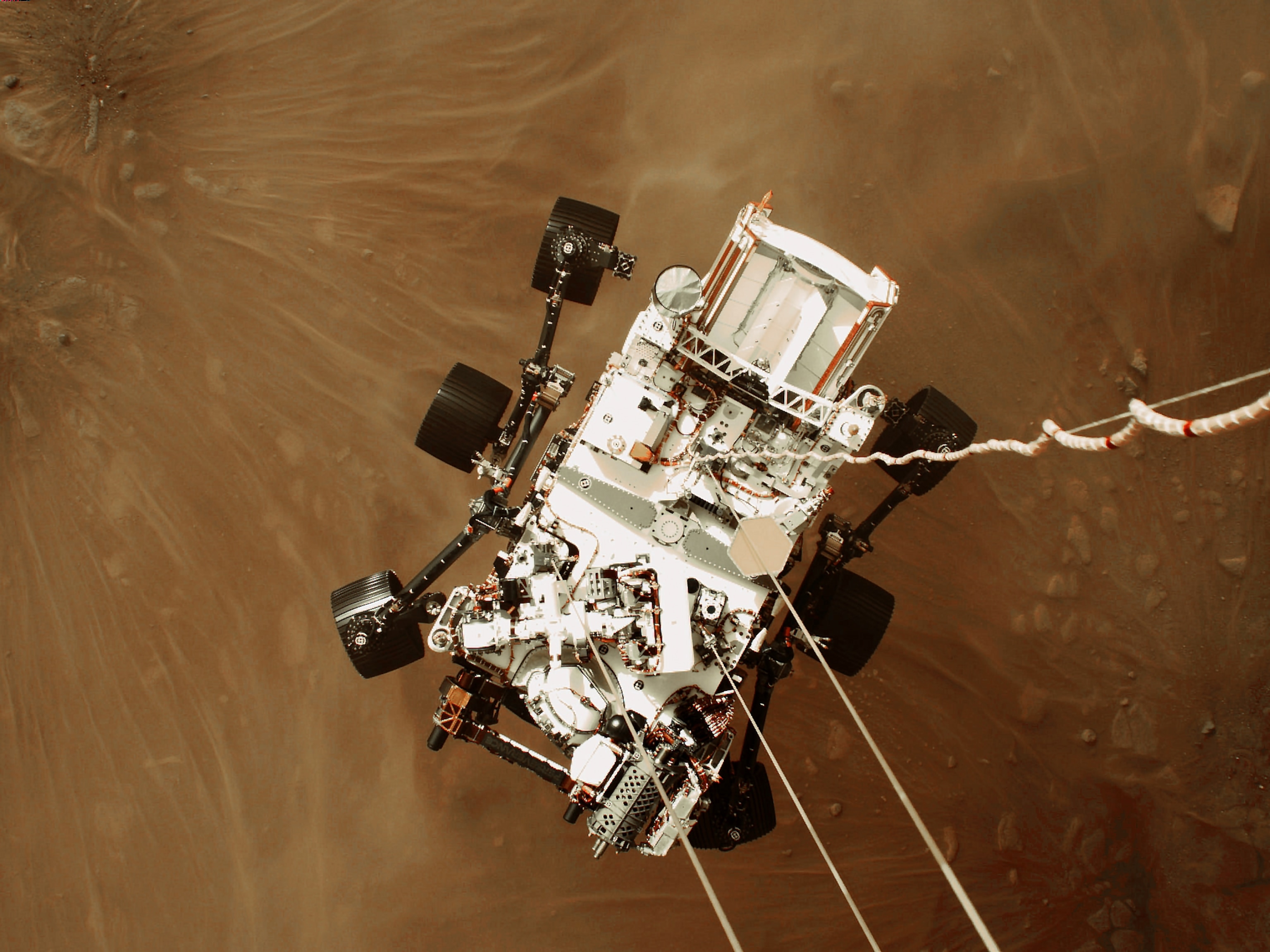

Rubble from an asteroid, returned to Earth

Virgin Galactic’s biggest flight yet to the edge of space
